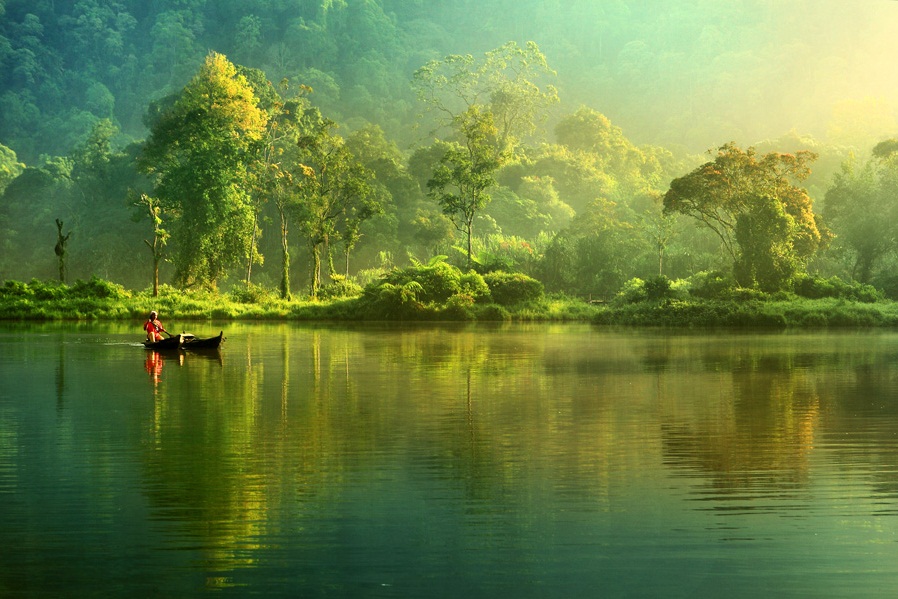Painting Nature Biography
(Source google.com)
Nature artist Taylor White was reared in rural Tuscaloosa County , Alabama
Her paintings can be found in pubic and private collections
throughout the United States
and Canada .
Her compositions stem from travels she enjoys with her husband, James. She has been published in Wildlife Art News. Sporting
Classics, Alabama Conservation, Alabama Wildlife,Southeastern Art Showcase, on
the cover of Covey Rise Magazine and other periodicals. Her compositions have
been used in commercial endeavors such as greeting cards T-shirts and bank
checks.
Taylor White was born at his family's seat in Wallingwells,
a hamlet in northwestNottinghamshire. He was one of the five children, and the
second son, of Thomas and Bridget (née Taylor )
White. His father was for many years the Member of Parliament for East Retford and in 1717 was appointed Clerk of the
Ordnance. His maternal grandfather, Richard Taylor, was the High Sheriff of
Nottinghamshire and had also served as the Member of Parliament for East
Retford.[3] White was admitted to Lincoln 's Inn in 1720 where he studied law and was called to the
bar in 1727. He practised as a barrister on the Northern Circuit (Yorkshire,
Northumberland, Cumberland and Westmoreland) and
eventually received several judicial appointments including Circuit Judge on
the North Wales Circuit (1750) and Puisne Justice of Chester (1760). In 1737 he had also been one
of the four counsels retained byGeorgia (then a British colony) in a dispute
with its neighbouring colony South Carolina over trade with the Indians.On the
death in 1769 of his elder (and unmarried) brother John White, Taylor White
inherited the family estate at Wallingwells.
A friend and associate of the British philanthropist, Thomas
Coram, White worked tirelessly to raise funds enabling the establishment of
Coram's Foundling
Hospital London house that the announcement for its
first intake of infants was drawn up. Along with Coram and the Duke of
Richmond, White and his fellow Governors were present on the He was one of the five children, and the second son, of Thomas and Bridget (née Taylor ) White. His father was for many years the Member of Parliament for East Retford and in 1717 was appointed Clerk of the Ordnance. His maternal grandfather, Richard Taylor, was the High Sheriff of Nottinghamshire and had also served as the Member of Parliament for East Retford.[3] White was admitted to Lincoln 's Inn in 1720 where he studied law and was called to the bar in 1727. He practised as a barrister on the Northern Circuit (Yorkshire ,evening of 25
March 1741 when the first children arrived.[6] He became a key figure in
running the institution, serving as its Treasurer from 1745 until his death,
and was largely responsible for the establishment of the Hospital's branch in
Ackworth, West Yorkshire. A portrait by Francis Cotes of White working on his
ledgers hung in the Committee Room of the Hospital along with works byWilliam
Hogarth and George Lambert, and is now in the care of the Foundling Museum.[4]
A keen art collector himself, White was instrumental in building up the
Hospital's famous art collection, persuading many of the leading artists and
collectors of the day to donate works to it. He also commissioned a large
marine painting from Charles Brooking for the Committee Room and a painted
glass window from William Peckitt for the Hospital's chapel.
Painting Nature Pintings of Nature Abstract on Canvas for Kids Scenes Love Beauty and Environment Wallpapers Easy Scenery
Painting Nature Pintings of Nature Abstract on Canvas for Kids Scenes Love Beauty and Environment Wallpapers Easy Scenery
Painting Nature Pintings of Nature Abstract on Canvas for Kids Scenes Love Beauty and Environment Wallpapers Easy Scenery

Painting Nature Pintings of Nature Abstract on Canvas for Kids Scenes Love Beauty and Environment Wallpapers Easy Scenery

Painting Nature Pintings of Nature Abstract on Canvas for Kids Scenes Love Beauty and Environment Wallpapers Easy Scenery
Painting Nature Pintings of Nature Abstract on Canvas for Kids Scenes Love Beauty and Environment Wallpapers Easy Scenery

Painting Nature Pintings of Nature Abstract on Canvas for Kids Scenes Love Beauty and Environment Wallpapers Easy Scenery
Painting Nature Pintings of Nature Abstract on Canvas for Kids Scenes Love Beauty and Environment Wallpapers Easy Scenery
Painting Nature Pintings of Nature Abstract on Canvas for Kids Scenes Love Beauty and Environment Wallpapers Easy Scenery

Painting Nature Pintings of Nature Abstract on Canvas for Kids Scenes Love Beauty and Environment Wallpapers Easy Scenery
Painting Nature Pintings of Nature Abstract on Canvas for Kids Scenes Love Beauty and Environment Wallpapers Easy Scenery
Painting Nature Pintings of Nature Abstract on Canvas for Kids Scenes Love Beauty and Environment Wallpapers Easy Scenery

Painting Nature Pintings of Nature Abstract on Canvas for Kids Scenes Love Beauty and Environment Wallpapers Easy Scenery

No comments:
Post a Comment